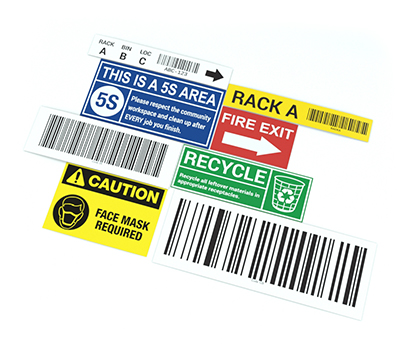
Ribbon cables were once found in virtually every computer system, but more modern devices don’t use them nearly as much. While not as common, there are still millions of devices (both new and old) that use these cables to facilitate communication within various systems. When looking at a ribbon cable, you will likely notice that there is a red stripe on one side of the cable. This stripe travels the length of the cable, and offers important information to anyone working on the system.
What is the red stripe?
The red stripe on ribbon cables is used to indicate that this is pin 1 of the cable. When using this type of cable, it is important that pin 1 is plugged into pin 1 one the device, and pin 1 on the motherboard or other device. If the ribbon cable is plugged in backwards, the two devices will not be able to communicate properly.
Other Indicators of Pin 1
If you purchase ribbon cables that are pre-made, you will find that the connectors on each end also have a ridge that will make it so that it can only be plugged in one way. This makes it impossible to plug in a ribbon cable backwards, further ensuring everything is hooked up properly. If you are putting an end on a ribbon cable yourself, however, you will need to rely on the red stripe to ensure pin 1 matches up on both ends.
Simple & Effective
Having this red stripe in place is a simple and effective way to ensure your ribbon cable is always plugged in properly. The vast majority of ribbon cables will have this simple indicator, but there are some ‘vanity ribbon cables’ that have multiple colors. These extra colors are just there because people like the way they look. In most cases when a ribbon cable has a bunch of different colors, it will actually be the gray stripe on the end that indicates pin 1.
Similar Questions
- How can cables be effectively organized?
- How are neutral wires identified?
- What are AC power standards?
- What is the gray wire color used for?
- What are wire color codes?
- How can cables be organized for storage?
- What is the standard for labeling network cables?
- What workplaces require wire marking?
- How can Wire Marking Techniques Improve Electrical Safety?

